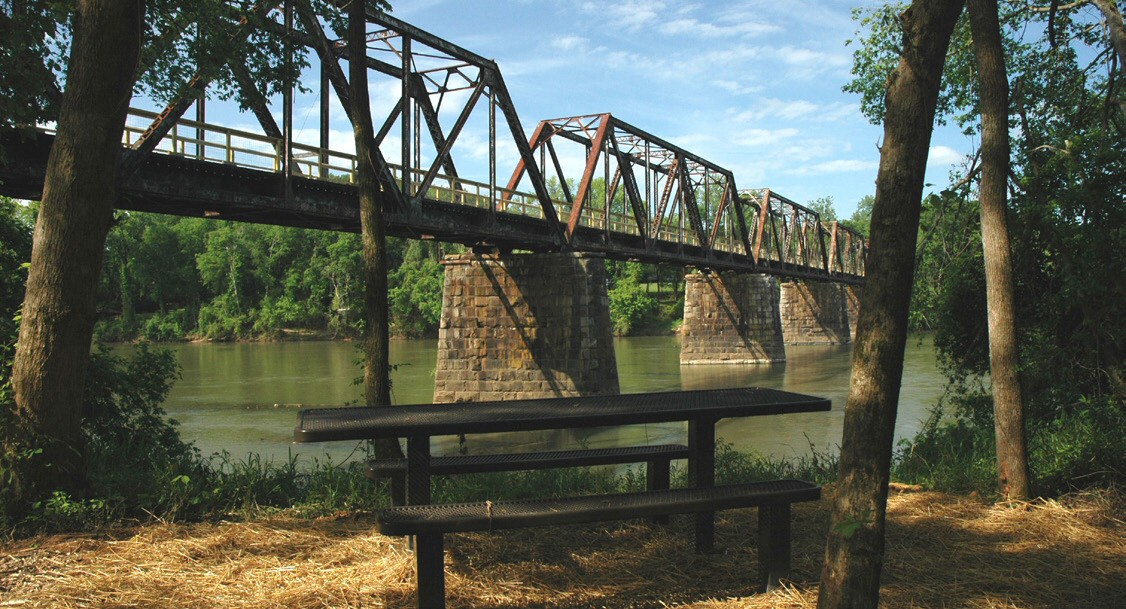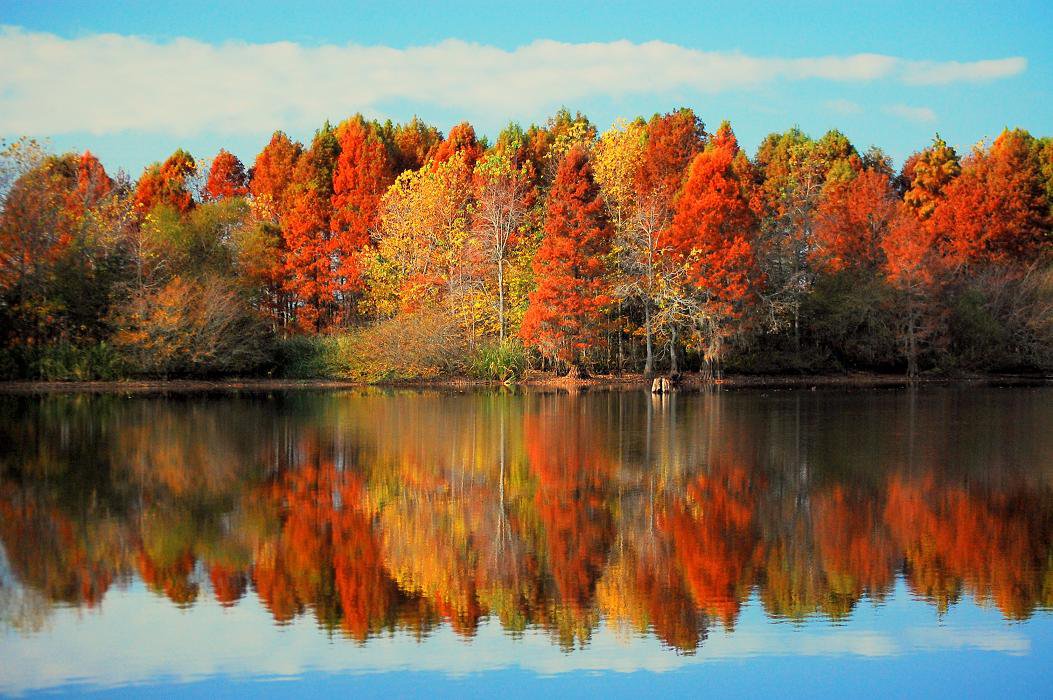 Imagine 500 miles of cross-state hiking and bicycling paths beside lakes, across mountain ridges, through forests, into towns big and small, and across swamps:
Imagine 500 miles of cross-state hiking and bicycling paths beside lakes, across mountain ridges, through forests, into towns big and small, and across swamps:
- Showcasing conservation and preservation from mountains to sea
- Providing free public access to active, healthy outdoor recreation
- Fostering tourism, business, and economic development
Fast Facts
- Established 1994
- Access to the outdoors from Walhalla in the Blue Ridge Mountains to Awendaw on the Intracoastal Waterway
- About two hours away from any part of the state
- South Carolina’s longest pedestrian and bicycle Trail and largest Trail construction project—500 continuous miles when finished
- 380 Trail miles completed
- 31 passages ranging from 1.3 to 47 miles
- Backcountry. Rails-to-Trail. Greenways. City sidewalks. Urban bikeways. Steps of the State Capitol. Bridle. Nothing motorized.
- Connects state and county parks, national forests, nature preserves, wildlife management areas, Revolutionary War battlefields, Native American paths, urban to rural, swamps to mountains, maritime to sandhills to piedmont, and much more
- Easy, moderate, and strenuous levels of difficulty
- Accessible for day trips, weekend jaunts, and longer treks, including through-hikes from mountains to sea (or sea to mountains)
- One of 16 cross-state trails in the United States
- Designated a federal Millennium Legacy Trail
- ‘Finish the Trail’—150 miles to go in the Midlands and Upstate
The entire Palmetto Trail is open to hiking and backpacking. Designated passages and sites are available for mountain biking, horseback riding, and camping (see maps). The Trail cannot accommodate motorized vehicles.
Residents and visitors of all ages, abilities, and socioeconomic circumstances use the Palmetto Trail to enjoy nature, practice conservation, and learn history—all while being physically active. Traveled individually or together, the passages reveal the rich diversity and fascinating history, culture, and geography of the Palmetto State.















